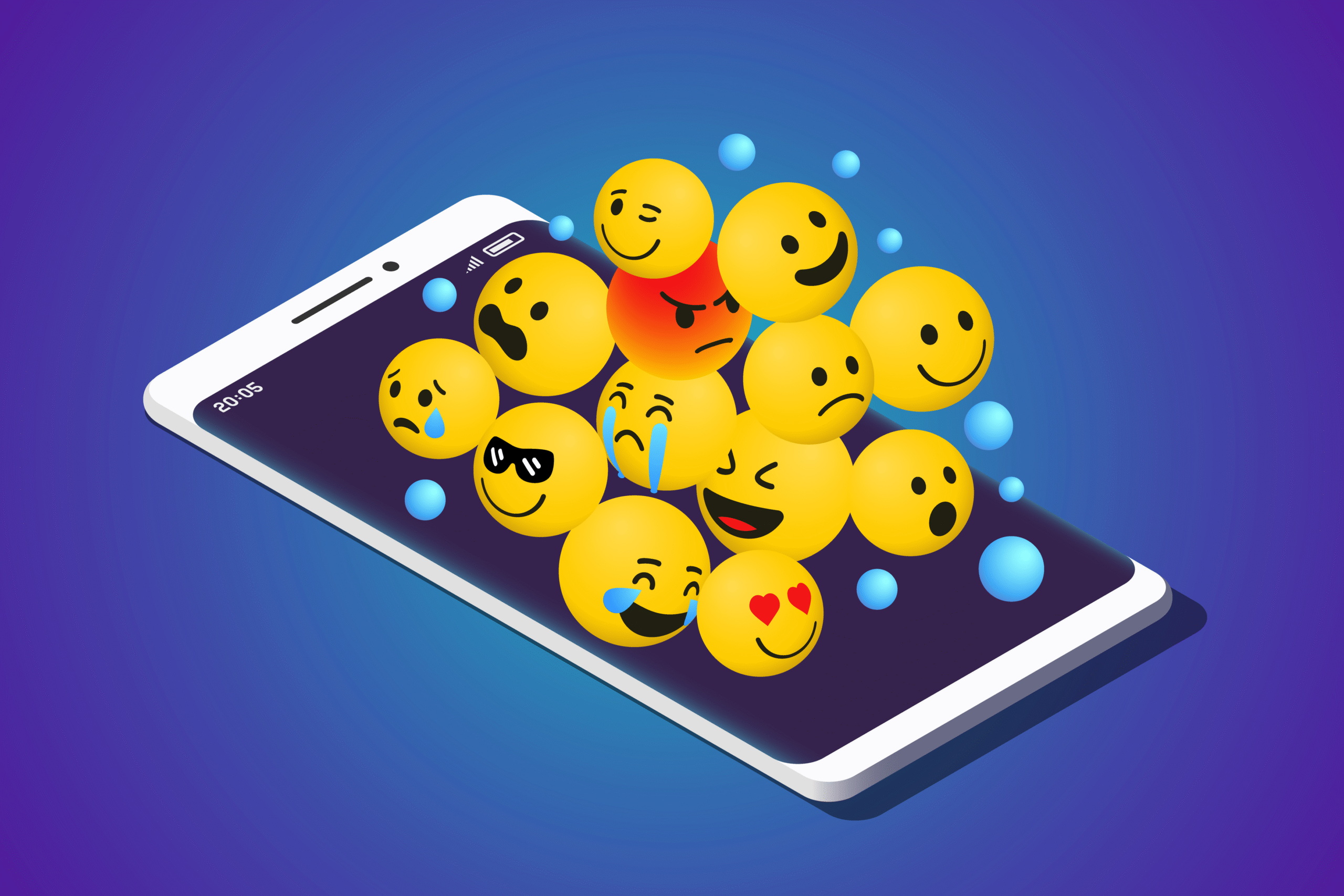
In today’s fast-paced digital world, communication goes beyond just words. With billions of text messages, emails, and social media posts exchanged daily, people often seek creative ways to express emotions, tone, and intent. Emojis have emerged as a universal language—small, colorful symbols that can add context, personality, and relatability to digital conversations.
From a simple smile 😊 to a heart ❤️ or even a playful wink 😉, emojis are shaping how people communicate online. But what exactly is their role in digital communication, and why are they so important?
1. Enhancing Emotional Expression
One of the challenges of digital communication is the absence of vocal tone and body language. Written text can easily be misinterpreted. For example, “I’m fine.” can sound reassuring or passive-aggressive depending on the context. Adding an emoji, like “I’m fine 🙂,” clarifies the emotional intent, making the message more friendly and approachable.
Emojis bridge the gap between words and emotions, allowing individuals to express feelings that might otherwise be lost in text.
2. Building Relatability and Connection
In personal and professional settings, emojis help foster human connection. A well-placed emoji can make a brand’s customer service reply feel warmer, a workplace chat more collaborative, or a social media post more engaging.
For instance, companies often use emojis in marketing campaigns to connect with younger audiences, making their messages feel less formal and more relatable.
3. Improving Clarity and Tone
Misunderstandings are common in digital communication. Emojis add clarity by signaling the intended tone of the message. For example:
- “Great job!” vs. “Great job! 🎉👏” – The latter conveys enthusiasm.
- “See you later” vs. “See you later 😉” – The wink suggests playfulness.
By complementing words, emojis reduce ambiguity and enhance the effectiveness of communication.
4. Driving Engagement in Digital Content
Social media platforms thrive on engagement. Studies show that posts with emojis receive higher interaction rates, including likes, shares, and comments. Emojis visually break up text, making content easier to skim while capturing attention.
For businesses, integrating emojis into digital branding strategies can:
- Increase click-through rates in emails.
- Boost visibility in social media campaigns.
- Make advertisements more memorable.
5. Cultural and Contextual Considerations
While emojis are universal, their meanings can vary across cultures and age groups. For instance, the folded hands emoji 🙏 may signify prayer in one culture but gratitude or a high-five in another. Similarly, younger generations might use certain emojis sarcastically, while older users interpret them literally.
Understanding these nuances is crucial, especially for brands operating in global markets. Misusing emojis can lead to confusion—or worse, unintentional offense.
6. The Future of Emojis in Communication
As digital communication evolves, so do emojis. With regular updates introducing more inclusive and diverse symbols (such as skin tones, gender options, and accessibility-related emojis), they are becoming a reflection of society’s values and diversity.
We can expect emojis to play an even greater role in:
- Marketing personalization (e.g., tailored ads using emojis relevant to the audience).
- Artificial intelligence and chatbots, where emojis can make interactions more natural.
- Cross-cultural communication, bridging language barriers with universal symbols.
Final Thoughts
Emojis have transformed from simple icons into powerful tools of digital communication. They add emotional depth, clarity, and engagement to conversations while fostering stronger connections both personally and professionally.
Whether you’re chatting with friends, crafting a marketing campaign, or responding to customers, the strategic use of emojis can make your messages more effective and impactful.
Disclaimer
This article is for informational purposes only. While emojis can enhance communication, their interpretation may vary depending on culture, context, and audience. Businesses and individuals should consider their audience carefully before using emojis in professional or sensitive communications.
